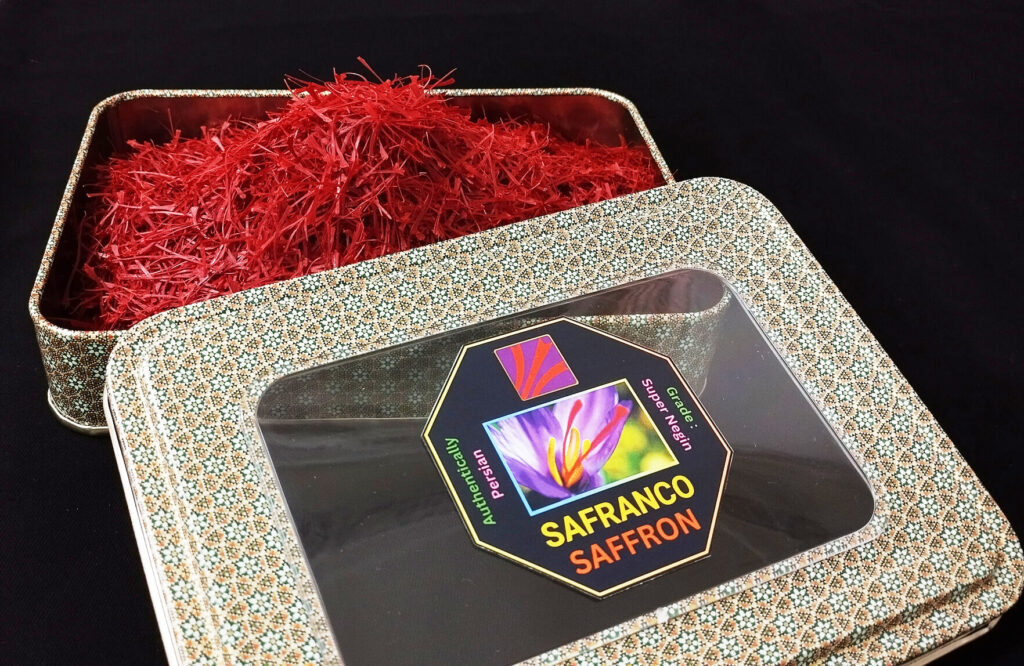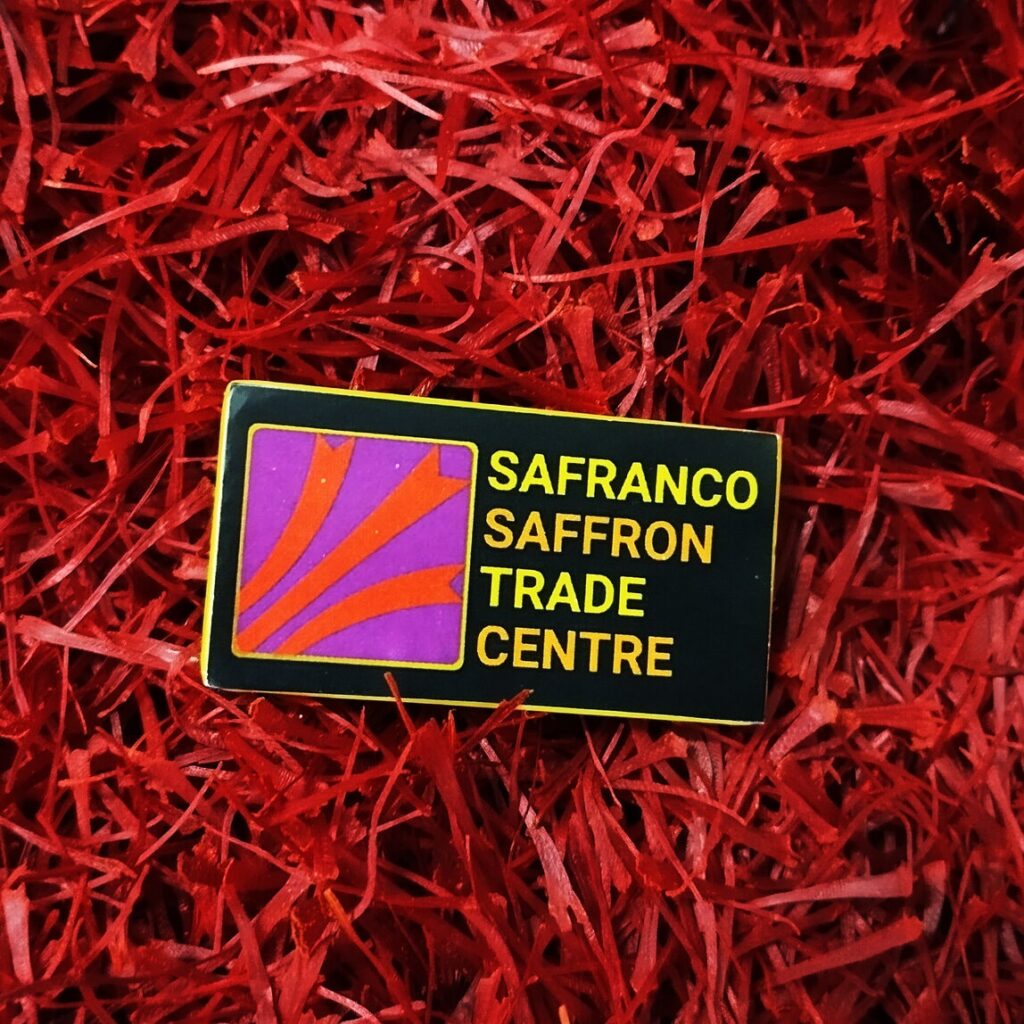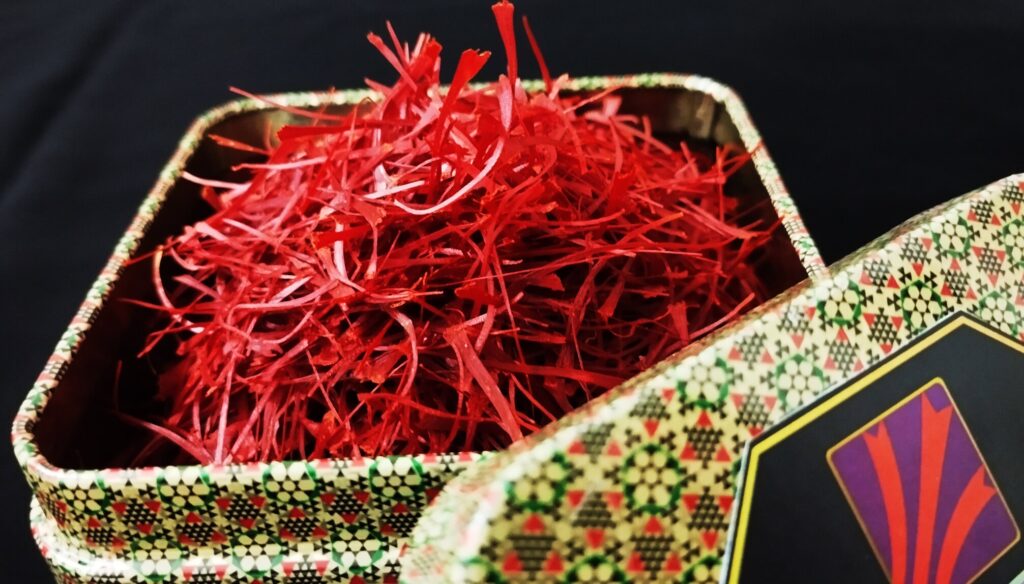Saffron benefits and uses



Saffron, the world’s most expensive spice, has been prized for its vibrant yellow-orange color and subtle, earthy flavor for thousands of years.
Derived from the dried stigmas of the Crocus sativus flower, saffron is a staple in many cuisines around the world, particularly in Middle Eastern, Mediterranean, and Asian cooking.
But saffron’s allure extends far beyond its culinary uses. This ancient spice has been revered for its medicinal properties, spiritual significance, and even its potential as a natural dye.
In this article, we’ll delve into the fascinating world of saffron, exploring its history, benefits, and uses, as well as some surprising facts and myths surrounding this coveted spice.
History of Saffron
Saffron’s history dates back to ancient times, with records of its use dating back to 1500 BCE.
The spice was highly valued by ancient cultures for its vibrant color and flavor, and was used in cooking, medicine, and even as a form of currency.
In fact, the ancient Greeks and Romans used saffron as a symbol of wealth and power, often using it to dye their robes and fabrics.
Health Benefits of Saffron
Saffron has been touted for its numerous health benefits for centuries.
It’s believed to have anti-inflammatory properties, which may help alleviate symptoms of depression, anxiety, and other mood disorders.
The spice is also rich in antioxidants, which can help protect against cell damage and reduce the risk of chronic diseases like heart disease and cancer.
Culinary Uses of Saffron
Saffron is a versatile spice that can be used in a variety of dishes, from savory main courses to sweet baked goods.
It’s commonly used in Indian cuisine to flavor curries and rice dishes, while in Spanish cuisine it’s used to make traditional paella.
Saffron is also a key ingredient in many Middle Eastern dishes, such as risottos and tagines.
Spiritual Significance of Saffron
In many cultures, saffron is considered a sacred spice with spiritual significance.
In Hinduism and Buddhism, saffron is used as a symbol of devotion and spirituality, while in Iran it’s used as an offering to the gods.
In some cultures, saffron is believed to possess mystical powers, such as the ability to bring good fortune and prosperity.
Facts and Myths About Saffron
- Myth: Saffron is only used as a food coloring.
- Fact: While saffron is indeed used as a natural food coloring, it’s also prized for its unique flavor and aroma.
- Myth: Saffron is only grown in Spain.
- Fact: While Spain is one of the largest producers of saffron, it’s also grown in many other countries around the world.
Conclusion
Saffron is more than just a spice – it’s a symbol of luxury, culture, and spirituality. With its rich history, numerous health benefits, and versatile culinary uses, it’s no wonder that this golden nectar has been prized for thousands of years.
Whether you’re looking to add a touch of elegance to your cooking or seeking to unlock the spiritual benefits of this ancient spice, saffron is sure to impress.
Keywords: Saffron, golden nectar, spice, cooking, health benefits, spiritual significance
This article includes:
- A brief history of saffron
- Its health benefits
- Culinary uses
- Spiritual significance
- Interesting facts and myths about saffron
Saffron is a valuable spice known for its distinct flavor and numerous health benefits. Our contact information, info@safranco.ir and website www.safranco.ir, will definitely come in handy for anyone interested in purchasing high-quality saffron.

